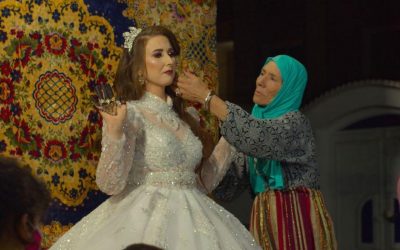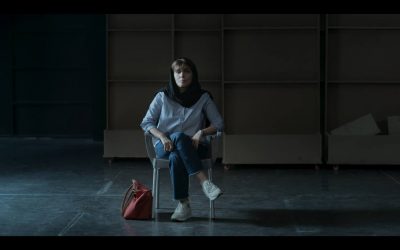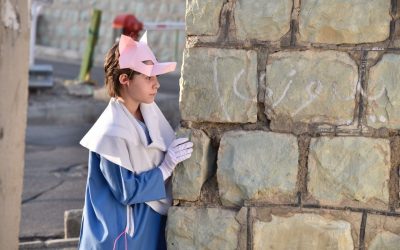Writer: Pegah Pezeshki
But, memories become political, when there is a constant and pervasive attack against land and body to make us forget the past. Memories; those fragmented, scattered, and ambiguous images, or those that are sometimes very clear and detailed in front of our eyes, even clearer than the present. The force of violence and suppression imposes itself not only with its missiles, guns, and tanks but also with the heavy onslaught of its narratives that are echoed repeatedly by the media. This is where our narratives and dreams become political. The scattered images in our minds, what we know from the days before our existence, the story of some old mysterious objects in our houses, they all become political. Thus, representing them, and drawing them into words or images becomes a way to raise the voice of the suppressed. But the complexity lies here that this representation itself, if it does not remain faithful to the form of memory, can turn against itself. That is, if it seeks to resemble the narratives of suppression in its form; the ones that are always presenting a single, cohesive, unambiguous narrative as “truth” to us.
Staying loyal to suppressed memory demands loyalty to its form as well. Preserving its fragmentation, disarray, and even the tediousness of its parts. This is what the “Familiar Phantoms” is doing through its form. The film depicts the “personal” narrative of a family; which, due to its connection to Palestine, and especially in our historical moment, is one of the most collective and political narratives. It begins in 1916, and as the narrator’s voice unfolds the story, the visuals come along. Sometimes short videos, sometimes pictures of objects or people, and sometimes moving images resembling a feeling or perhaps an association. In some parts of the film, the screen splits in half and the image plays between those two halves. It simultaneously goes to both, or one half becomes black while the other continues.
Memory is of the same nature. Not necessarily with these exact formal characteristics, but memory, especially a memory that begins from years we haven’t lived and traverses through tragedies we must imagine, is intertwined with these visual complexities; broken images, sometimes two images simultaneously, and sometimes even without an image, just a feeling passing through the body. But whoever decides to remember, whoever tries to follow these traces and gather the broken images, creates a kind of continuity in them at the cost of suffering.

Writer: Pegah Pezeshki
“Familiar Phantoms” creates this continuity of memory, without intending to make it more thrilling or complete than what is remembered. What we see remains somewhere between a film and a verbal narrative, between the image and the words, drawing the audience into this turmoil with itself. Is it the word that is remembered or the image? Does the image have motion or is it just a frozen moment? Both this and that. And this continuum of memory is connected to Palestine. A geography whose narratives have been brutally suppressed for decades; yet those suppressed narratives have been disseminated in minds, bodies, and countless images. Not only grand and significant historical narratives, but also everyday ones, names, and the fears of a family over the years, the meaning hidden in objects covered with layers of dust from familiar and unfamiliar lands.
The movie’s loyalty to suppressed memory is also seen in the repeated image of empty frames completely black hung on the wall. Black frames, imageless, which we know have existed and will exist; but what is in them is suppressed. The movie wants to permeate that blackness with all the fragmented pieces it gathers. But, it also wants to remain loyal to the disappearance of the images as well. It does not forget “forgetting.” In this loyalty to the form of suppressed memory, there is the potential to maintain the political nature of these images. Since, through the intertwining of remembering and imagining what is lost, these images belong both to the past and to the future. What we see, can be how they have been, but it can also be how they are fantasized to be. This fantasy allows “Familiar phantoms” to connect fragments of the past to the future without forgetting or denying “forgetting.” The film wants to take the audience with itself into this convergence and amalgamation of fantasy and memory. In the end, the narrator says, “Somehow both of my parents are present in these objects. As I am. As a part of a fairy tale” and as the camera goes toward a woman staring at the black paintings on the wall, she says again, “We all live our fictions.” This final scene is again a moment to remain loyal to both memory and fantasy; to the past of Palestine, and to the imagination of a different future.











